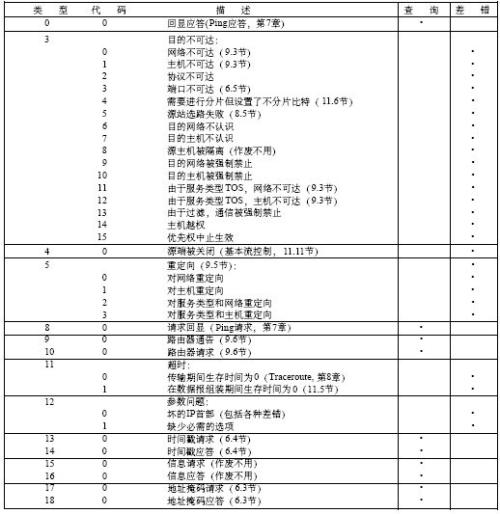With an increase in the number of internet users and the need to secure internet traffic, the unreliable IPv4 protocol has been replaced by a more secure protocol, called IPv6 for Internet system. The IPv6 protocol does not allow intermediate routers to fragment the on-going IPv6 packet. Moreover, due to IP tunneling, some extra headers are added to the IPv6 packet, exceeding the packet size higher than the maximum transmission unit (MTU), resulting in increase in packet drops. One probable solution is to find the MTU of every link in advance using the Internet Control Message Protocol (ICMP) packets and accordingly fragment the packets at the source itself. However, most of the intermediate routers and the network firewalls do not allow ICMP packets to traverse through their network, resulting in network black holes, where we cannot know the MTU of some links in advance. This method tries to handle the packet drops in IPv6 network by proposing a DMTU scheme where we dynamically adjust the MTU of each link depending upon the original size of the IPv6 packet, thereby reducing the number of packet drops by a significant amount. Using mathematical and graphical analysis, our scheme proves to be much more efficient than the state-of-the-art PMTUD scheme. In this paper the method, mathematical and graphical representations are focusing solely in IPv6 Internet communication.
翻译:随着互联网用户数量的增加和互联网交通安全需求的增加,不可靠的IPv4协议已被一个更安全的协议所取代,称为互联网系统的IPv6。IPv6协议不允许中间路由器分割正在进行的IPv6包。此外,由于IP隧道的使用,在 IPv6 包中增加了一些额外的信头,超过了最大传输单位(MTU)的包尺寸,从而导致软件包下降量的增加。一个可能的解决办法是利用互联网控制信息协议包(IPCMP)的包,提前找到每个链接的MTU,从而在源内拆散软件包。然而,大部分中间路由和网络防火墙不允许中间路由路由器在他们的网络中穿透,造成网络黑洞,我们不能事先知道某些链接的MTU。这个方法试图处理IPv6 网络中的软件包滴落,办法是根据IPv6 信息包的原始大小来动态地调整每个链接的 MTU,从而减少了数据包投放数量,从而减少数据包投放数量,从而通过一个显著的数学和数学图像化方法来证明这个数字分析。



